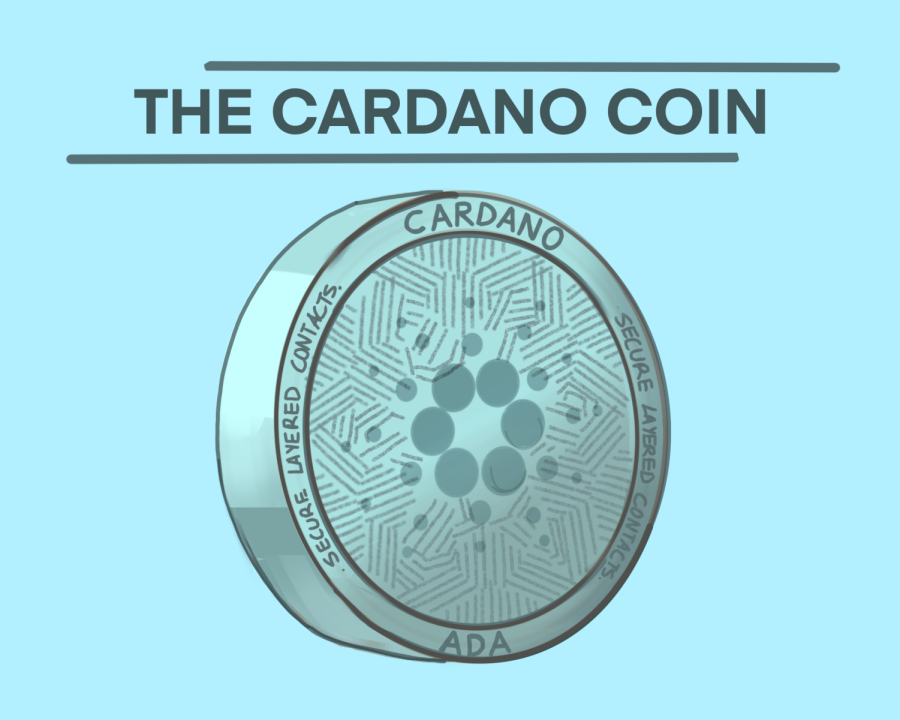Crypto Explained: Cardano
Cardano (ADA) is one of the largest crypto tokens in the world, yet it remains relatively unknown. This cryptocurrency was ranked in the big top ten cryptocurrencies, peaking at over $95 billion on September 2nd, 2021. It was launched officially in 2017 by Charles Hoskinson, the co-founder of Ethereum. Cardano got its name from the famous Italian mathematician Gerolamo Cardano and the ticker, ADA, is named after Ada Lovelace, who is acknowledged as the first computer programmer.
Cardano is more environmental-friendly than Bitcoin and Ethereum as it is not a mining operation. Investopedia states that “Arguably its biggest downfall, Ethereum uses a proof of work consensus model to verify transactions. This is extremely energy-intensive and can only handle around 15 transactions per second… Conversely, Cardano can theoretically handle thousands of transactions per second.” With its increased productivity, Cardano has caught the name ‘The Ethereum-Killer’.
While Cardano has not acquired as much attention as its competitors, it has made several notable partnerships, working with companies such as Ethiopia and New Balance. New Balance has plans to use Cardano’s network to track the authenticity of its shoes. According to Investopedia, “Hoskinson has pushed hard to see Cardano’s potential come to fruition in Africa… due to a large proportion of Africa’s population being unbanked.” Cardano is working to extend its utilization to all parts of the world, further establishing its identity.
Even though Cardano is fighting to be more recognized than established cryptos, it already has some remarkable improvements. Its efficiency and sustainability make Cardano a great alternative to already established cryptos.
*Not a financial advisor. All investment strategies and investments involve risk of loss. Nothing contained in this article should be construed as investment advice. Any reference to an investment’s past or potential performance is not, and should not be construed as, a recommendation or as a guarantee of any specific outcome or profit. The opinions expressed in this article are the author’s own. Harriton Banner does not endorse nor support views, opinions or conclusions drawn in this article and are not responsible or liable for any content, accuracy or quality within the article or for any damage or loss to be caused by and in connection to it.*

Harrison is a senior and is excited for his fourth year at the Harriton Banner. In addition to the Banner, Harrison also runs the Business Journal for...

Mekala, a senior, is looking forward to continue graphic designing for her 3rd year with the Banner. You’ll most likely find her working on an art project...


